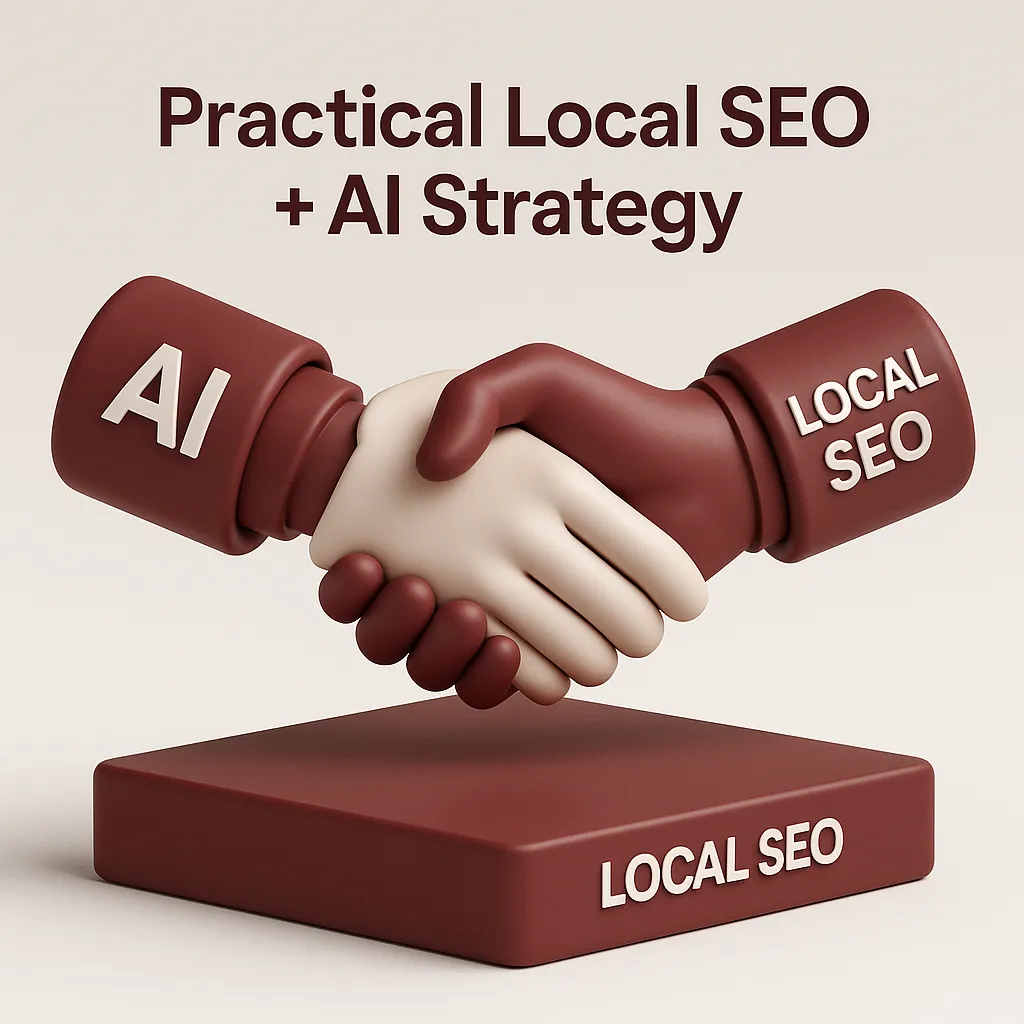Search engines are now giving context, semantics, and intent more weight than individual keywords, as artificial intelligence continues to transform the way we interact with information online. Ke yword matching is no longer the only strategy used by AI-first platforms like Perplexity, ChatGPT, and Google’s Search Generative Experience (SGE). Rather, they identify the most authoritative responses by examining the depth, relevance, and interconnectedness of topics.
Traditional keyword-based SEO tactics are no longer sufficient as a result of this change. Brands and creators need to reorganize their content around topic clusters in order to stay competitive and discoverable in this new environment. This approach improves semantic authority, user experience, and ranking potential in addition to being consistent with AI search behavior.
In this blog, we’ll explore the what, why, and how of topic clusters in the age of AI-powered search, providing comprehensive advice on creating and refining your content architecture to maximize discoverability.
What Are Topic Clusters?
The purpose of topic clusters, a strategic content structure, is to arrange information according to themes rather than specific keywords. Every cluster starts with a pillar page, which is a lengthy, thorough article that thoroughly discusses a wide range of subjects. Cluster content pages, which cover particular subtopics and internally connect back to the pillar, encircle this main article.
Key Components of a Topic Cluster:
- Pillar Content: The authoritative source that discusses the main topic in general. For instance, “The Ultimate Guide to Content Marketing.”
- Cluster Content: Articles or blog posts that focus on specific topics. For instance, “Content Calendars for B2B Marketers” or “How to Use Email in Content Marketing.”
Internal Linking: Each cluster page and the pillar are connected by robust contextual hyperlinks. This strengthens connections and facilitates search engine comprehension as well as user navigation.
Suggested Visual:
Consider a wheel with the pillar page as the center and the cluster content as the spokes that connect to it, creating a network of interrelated information.
The Evolution of Search Behavior in the AI Era
1. Increase in Conversational Inquiries
Instead of typing fragmented keywords like “best marketing software,” searchers now ask full questions like “What is the best marketing software for small businesses in 2025?” AI models that can understand intent and subtleties are better suited to handle these longer, natural language queries.
“AI doesn’t just look for keywords; it also looks for reliable sources that show a deep understanding of the topic.”
2. Discovery Driven by Intent
Semantic relevance—the connection between subjects, concepts, and user intent—is given top priority in AI-powered search. AI comprehends context, meaning, and even the implied follow-up questions rather than matching exact words.
3. Practical Illustration
When a user asks ChatGPT or types into SGE, “How can small businesses create an effective content strategy?” these models look for content that not only provides a direct response to the question but also demonstrates depth and breadth on related subjects. Because it reflects topical expertise, a topic cluster centered around “Content Strategy for Small Businesses” is more likely to surface.
Why Topic Clusters Work in AI-Driven Search Engines
1. Improved Semantic Mapping
Semantic networks are the lifeblood of AI-first search engines, particularly those based on large language models (LLMs). A logical, connected map of information is created when your content is arranged into clusters. AI can more easily understand your subject-matter expertise thanks to this structure.
2. Strengthens E-E-A-T and Topical Authority
Clusters provide a better illustration of Google’s E-E-A-T framework (Experience, Expertise, Authoritativeness, and Trustworthiness). AI views your website as a reliable source when you cover a topic in-depth, which boosts its confidence in your domain.
3. Internal Linking Increases Engagement and Crawlability
Users and bots are guided throughout your content ecosystem by internal links. This improves page indexing, lengthens sessions, and lowers bounce rates.
4. Increased Exposure in Chat Results and AI Summaries
Because search engines frequently seek out exact, highly-linked, and topically relevant content to cite, topic clusters increase your chances of being included in featured snippets, AI summaries, or chat-based responses.
How to Build a Winning Topic Cluster
A successful topic cluster requires careful content creation, ongoing optimization, and strategic planning.
Step 1: Select a Core Theme
Choose a subject that supports your SEO objectives, audience intent, and brand. It should be both sufficiently broad to allow for in-depth investigation and sufficiently narrow to remain current. For instance, “Remote Work Tools.”
Step 2: Establish a thorough pillar page
Write a lengthy piece (usually 2000 words or more) that thoroughly discusses the main subject. Make sure it uses clear structure (H2s, bullet points, tables), contains images, and responds to all high-level questions.
Step 3: Generate a list of 8–12 related subtopics
Every cluster page ought to respond to a particular query or problem. Cluster topics for the “Remote Work Tools” pillar could be “Best Video Conferencing Software.”
- Tools for Project Management in Remote Teams
- Remote Productivity Maintenance
- Security Tools for Remote Workers
Step 4: Internal Linking in Context
Ideally, pillar pages should link out to cluster pages, and each cluster page should use pertinent anchor text to link back to the pillar. Search engines are alerted to topical unity by this network of connections.
Step 5: Structured Data Optimization
Use schema markup (such as Article, FAQ, and How-To) to improve search engines’ comprehension of the format and intent of your content. This increases the likelihood of visibility and rich results.
Tools to Help You Plan and Execute Topic Clusters
Content Research:
- SEMrush & Ahrefs – Discover key topics and associated keywords through content research using SEMrush and Ahrefs.
- AlsoAsked – Locate question-based and semantic queries
Internal Linking Optimization:
- Link Whisper – Tool that makes contextual internal link suggestions while you write.
- SurferSEO – Assists in cluster optimization for on-page SEO and NLP-based standards
AI Content Creation:
- ChatGPT – Concepts, synopses, initial drafts, and FAQs
- Jasper – Content creation utilizing templates
Content Structure and Project Planning:
- Notion – Use a calendar or Kanban view to arrange your pillar and cluster content.
- Frase.io – AI-driven outline creation and topic research
Conclusion
Topic clusters are a fundamental component of AI-first content architecture, not just a passing trend in SEO. Your content needs to change to reflect the shift in search engine intelligence from keyword indexing to semantic understanding. The way AI models currently read, rank, and retrieve content is in line with a well-organized topic cluster strategy.
This builds your topical authority, which is a valuable asset that increases in value over time, in addition to improving your visibility in both traditional and conversational search.
Are you prepared to make your content strategy future-proof?
Now is the time to begin clustering your content. Pay attention to interconnectedness, depth, and intent; let AI handle the rest.






